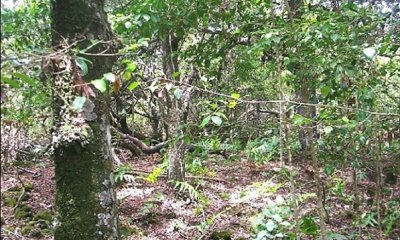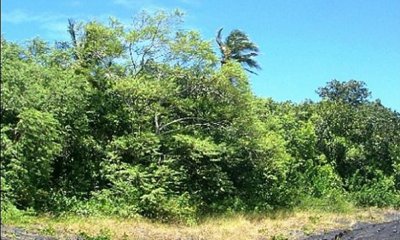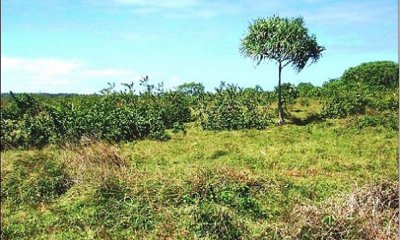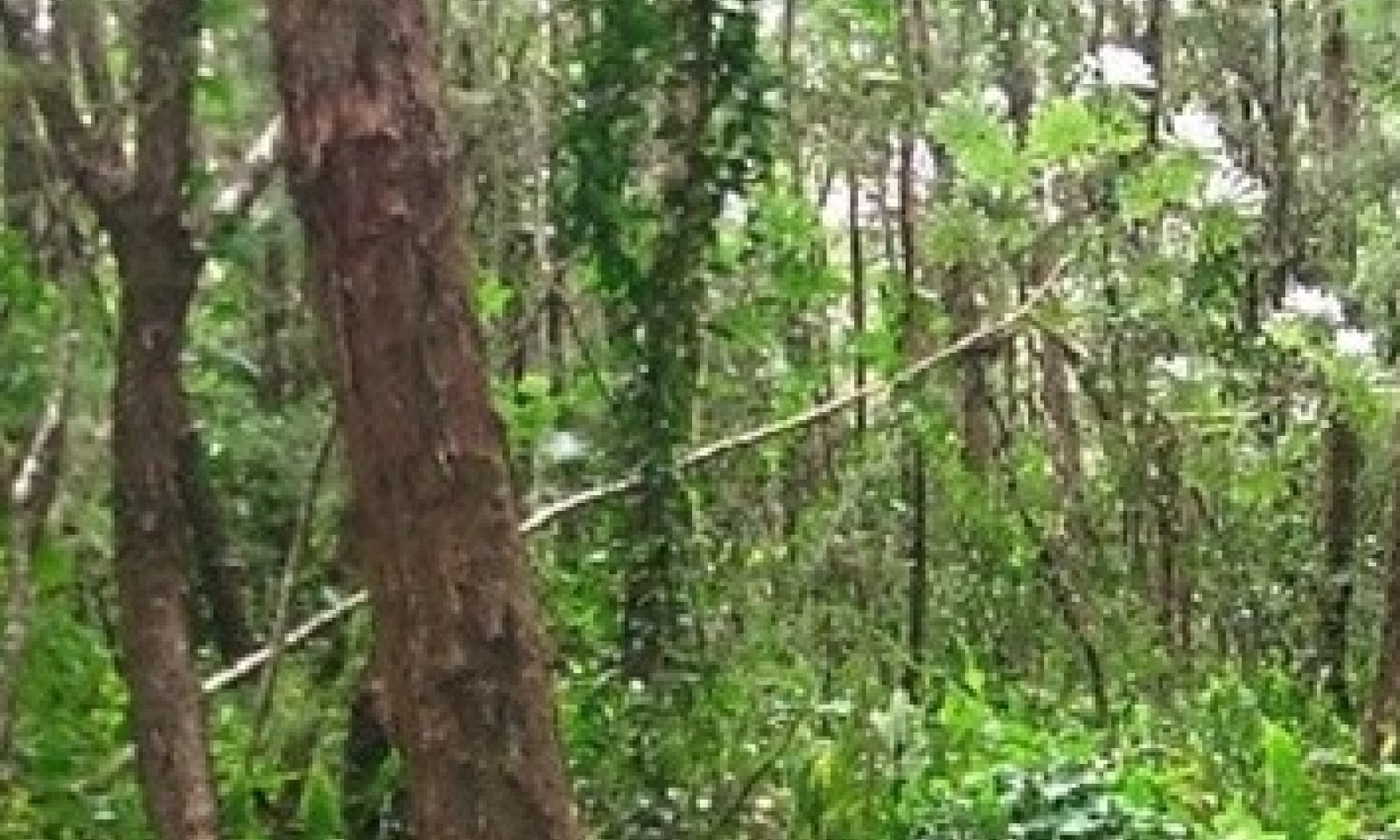
Dry Isohyperthermic Forest
Scenario model
Current ecosystem state
Select a state
Management practices/drivers
Select a transition or restoration pathway
- Transition T1A More details
- Transition T1B More details
- Transition T1C More details
- Restoration pathway R2A More details
- Transition T2A More details
- Transition T2B More details
- Transition T3A More details
- Transition T4A More details
- Restoration pathway R4A More details
- Restoration pathway R5A More details
- Transition T5A More details
-
No transition or restoration pathway between the selected states has been described
Target ecosystem state
Select a state
State 1
Reference State






Description
This state consists of on community phase that contains species typical of Hawaiian lowland dry forests. Gradual invasion by weedy, introduced plant species brings a transition to State 2 Invaded Overstory. When cleared and abandoned, this state transitions to State 4 Invaded Grassland. When cleared and managed for cattle grazing, it transitions to State 5 Naturalized Grassland.
Submodel
Description
This state is comprised of one community phase. Native plant species are still common, but introduced species dominate the overstory and are invading the understory.
Unlike State 1 Reference, this state usually has a fairly dense understory of shrubs, grasses, and ferns that is very susceptible to fire.
Wildfire brings about a transition to State 4 Invaded Grassland.
Some smaller native tree species are able to reproduce to an extent, but reproduction of native species is somewhat inhibited by competition from introduced species. Activity of feral pigs and cattle further reduces native plant abundance and produces bare, disturbed soil patches that promote weed invasion. Litter from nitrogen-fixing albizia (Falcataria moluccana) produces a favorable environment for fast-growing introduced species. These conditions eventually bring about a transition to State 3 Invaded Overstory and Understory.
Submodel
Description
This state consists of one community phase dominated by introduced species in both the overstory and understory. This state may transition to State 4 Invaded Grassland due to wildfire.
Submodel
State 4
Invaded Grassland State
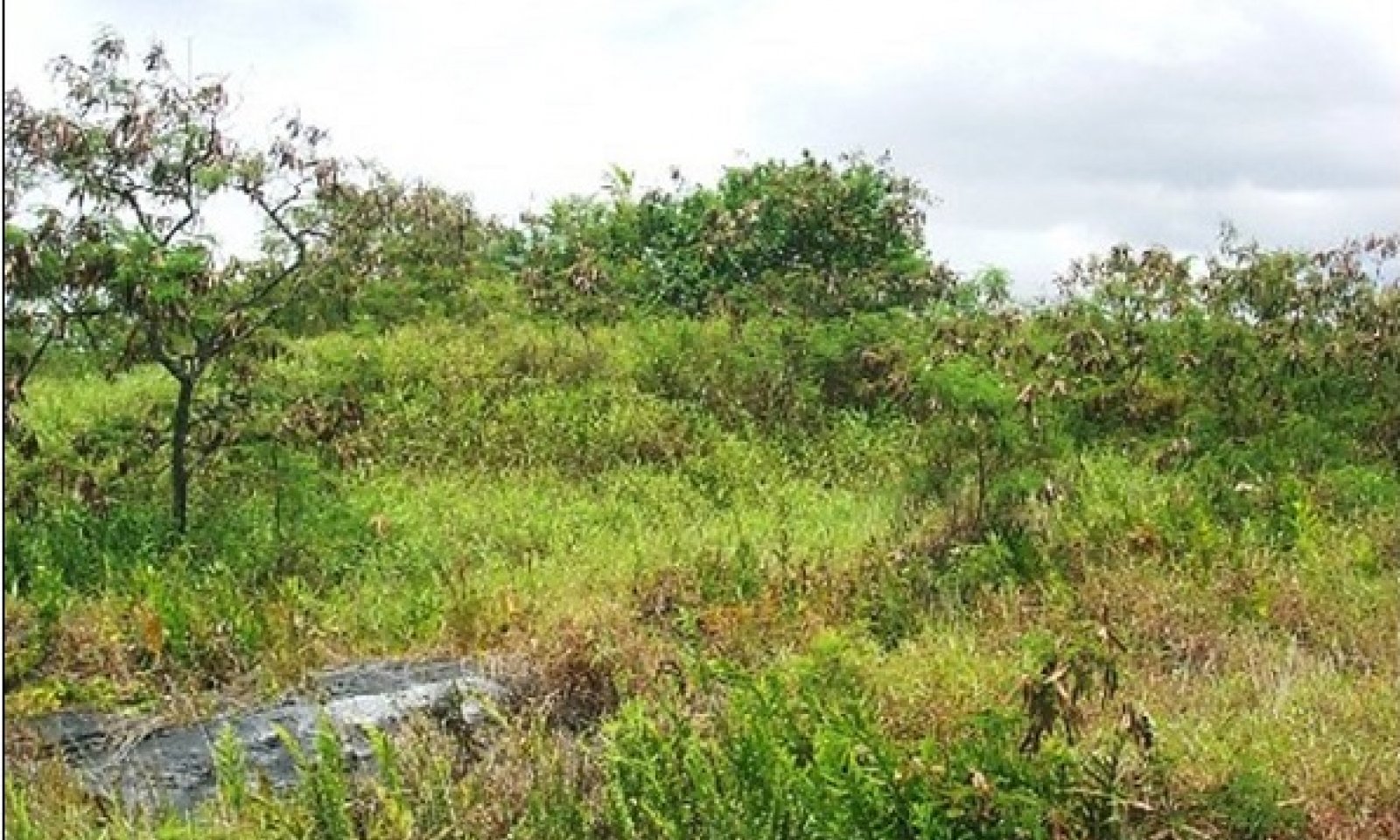


Description
This state consists of one community phase consisting primarily of introduced grasses and shrubs. Grasses and forbs fill the interspaces between shrub patches. Introduced tree species are present, so this state may transition to State 3 Invaded Over and Understory with lack of wildfire. Heavy growth of fine fuels presents a fire danger in dry periods.
Submodel
Description
This state consists of one community phase dominated by introduced grass species. Long-term, continuous overgrazing and lack of weed control measures results in a transition to State 4 Invaded Grassland.
Submodel
Mechanism
This state transitions to State 2 Invaded Overstory by growth of introduced tree species that grow faster than native species and eventually overtop them. This process is facilitated by feral ungulates that damage and consume native plants, disturb the soil, and spread weed seeds.
Mechanism
This state transitions to State 4 Invaded Grassland by clearing the forest with heavy machinery and then abandoning the land or by wildfire that removes the native forest. After clearing, areas with shallow soils over lava substrates may be ripped and crushed by heavy machinery. Ripping and crushing produces fine mineral particles and small, abundant gaps between the rock fragments. When this is done on organic soils, about 50% of the soil organic matter may be lost in the process due to exposure to air and higher temperatures.
Mechanism
This state can transition to State 5 Naturalized Grassland by clearing the forest with heavy machinery and planting desirable forage species. After clearing areas with shallow soils over lava substrates, underlying lava rock may be ripped and crushed by heavy machinery. Ripping and crushing produces fine mineral particles and small, abundant gaps between the rock fragments. When this is done on organic soils, about 50% of the soil organic matter may be lost in the process due to exposure to air and higher temperatures.
Mechanism
This state may be restored to a facsimile of State 1 Reference. Pig-proof fence and removal of all ungulates are necessary. Intensive weed control must then be initiated and maintained in the long term. Reintroduction of missing native species is likely to be necessary.
Mechanism
This state transitions to State 3 Invaded Over and Understory through lack of regeneration of most native plant species, eventual death of larger native trees, vigorous growth of introduced species, and feral ungulate foraging that impacts mostly native plants.
Mechanism
This state transitions to State 4 Invaded Grassland by wildfire caused by lava flows or humans. It also may come about by clearing the forest with heavy machinery and subsequent abandonment. On shallow soils over lava substrates, underlying lava rock may be ripped and crushed by heavy machinery. Ripping and crushing produces fine mineral particles and small, abundant gaps between the rock fragments. When this is done on organic soils, about 50% of the soil organic matter may be lost in the process due to exposure to air and higher temperatures. Ripped and crushed substrates appear to be favorable to growth of introduced plant species.
Mechanism
This state may transition to State 4 Invaded Grassland by wildfire. However, as the overstory and secondary story close, fine fuels decrease in abundance, reducing the possibility of wildfire.
Mechanism
In the absence of wildfire, this state transitions to State 3 Invaded Over and Understory due to the presence of fast-growing, introduced tree species.
Mechanism
This state can be restored to State 5 Naturalized Grassland by brush management, re-establishment of desirable forage species, persistent weed control, and prescribed grazing.
Mechanism
This state may be restored to a facsimile of State 1 Reference by installing pig-proof fence, removing all ungulates, intensive weed control, and reintroduction of native species. Depending on the community phase adjoining the restoration area, a firebreak may need to be created and maintained.
Mechanism
This state transitions to State 4 Invaded Grassland by long-term continuous grazing and lack of weed control measures. Remnant desirable forages have been grazed out and replaced entirely by weedy grasses, forbs, shrubs, and small trees.
Model keys
Briefcase
Add ecological sites and Major Land Resource Areas to your briefcase by clicking on the briefcase (![]() ) icon wherever it occurs. Drag and drop items to reorder. Cookies are used to store briefcase items between browsing sessions. Because of this, the number of items that can be added to your briefcase is limited, and briefcase items added on one device and browser cannot be accessed from another device or browser. Users who do not wish to place cookies on their devices should not use the briefcase tool. Briefcase cookies serve no other purpose than described here and are deleted whenever browsing history is cleared.
) icon wherever it occurs. Drag and drop items to reorder. Cookies are used to store briefcase items between browsing sessions. Because of this, the number of items that can be added to your briefcase is limited, and briefcase items added on one device and browser cannot be accessed from another device or browser. Users who do not wish to place cookies on their devices should not use the briefcase tool. Briefcase cookies serve no other purpose than described here and are deleted whenever browsing history is cleared.
Ecological sites
Major Land Resource Areas
The Ecosystem Dynamics Interpretive Tool is an information system framework developed by the USDA-ARS Jornada Experimental Range, USDA Natural Resources Conservation Service, and New Mexico State University.
